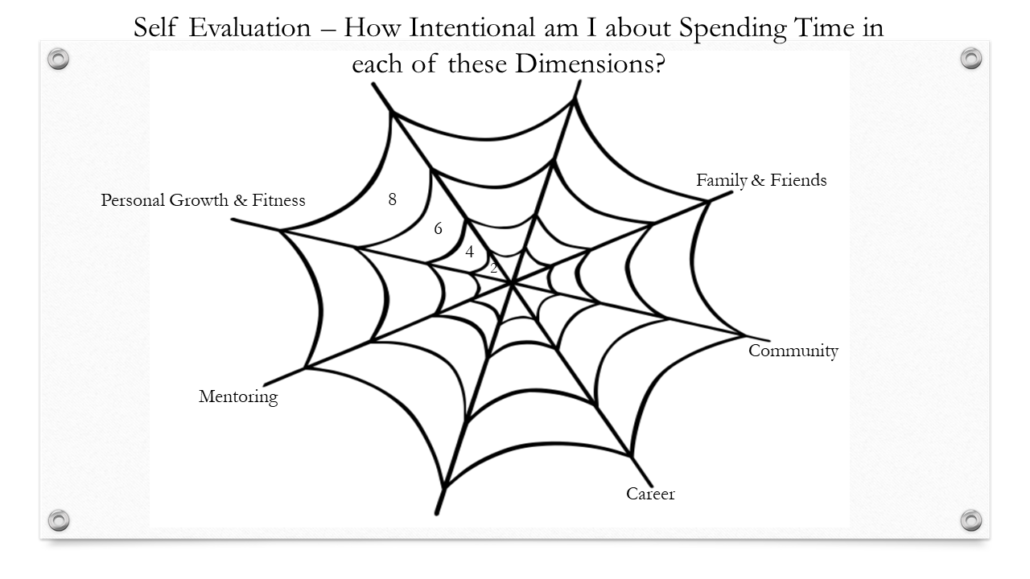Values: Actions to take to get to your Team’s Core
A shared set of values will create a strong and productive team. When someone compromises the values, the team struggles to trust and produce ethical results.

As the “Facebook Papers” continue to unfold showing us the fundamental gaps in Facebook’s values one can wonder if they uphold their values or, rather, if their values revolve around making more money and connections regardless of political turmoil or damage to the users. Are the teams functioning at top capacity with the whistleblowing? Is the company reassessing what they stand for?
When leading teams, empathy, integrity, and trust are vital. A shared set of values will create a strong and productive team. When someone compromises the values, the team struggles to trust and produce ethical results.
One of the leadership teams that I belonged to as a junior leader had two senior leaders with large personalities who leaned toward the negative side. I dubbed the meetings the “Tammy and Tim Show” because the meetings were no longer about the agenda, about the organization’s vision or mission, or even about developing solutions to the problems. We wasted hours throughout the years listening to Tammy and Tim grieve about their problems. Do you have a Tammy and/or Tim? Do you struggle to get the meetings back on track? If we had upheld our team’s core values and meeting norms of “start on time/end on time, collaboration, and sticking to the agenda” this wouldn’t have happened and the meetings would have been more productive and less dysfunctional.
Action steps to getting to the core of your values:
Stick to your values. The people in your life will have a better understanding of who you are, what you stand for, and why you do the things you do.
“Our values should be so crystallized in our minds, so infallible, so precious and clear and unassailable, that they don’t feel like a choice—they are simply a definition of who we are in our lives.” ~ Brene Brown.
- Don’t have “crystallized” values? Get some. Use this simple formula: What + Definition + So That. Identify the value, define it, and the results/outcomes from it. For example: Respect + Treat everyone with dignity + so that each person feels that they can contribute their best and most authentic selves. Then share your values with your employees, friends, and family. This will help hold you accountable.
- Uphold your organization’s values. If the values are archaic, change them. If you don’t agree with them and can’t change them then you need to ask yourself if the company is a right fit for you.
“Daring leaders who live into their values are never silent about hard things.” ~ Brene Brown.
- Lean into your values every day to obtain a sense of accomplishment. If you don’t accomplish anything else throughout the day, at least you can say that you upheld your values.
- Get to know and foster your employee’s values. If family is important to them, honor that. If open communication is one of their values, then communicate with them. This is yet another way to empathize with your employees and create a sense of belonging within your organization.
Additional Offerings:
Are you looking for a Keynote Speaker at your next event? I use my past experiences and knowledge to show you how to be the best version of yourself, surround yourself with the right people, and build highly productive teams.
Book:
Sirens: How to Pee Standing Up – An alarming memoir of combat and coming back him. This book depicts the time of war and its aftermath. It seamlessly bridges the civilian and military divide and offers clarity to moral injury and post-traumatic stress.
Are you asking yourself, “How do I do this?” I can help!
laura.colbert@strategicleadersacademy.com
Get this newsletter delivered to your inbox. Click Here















